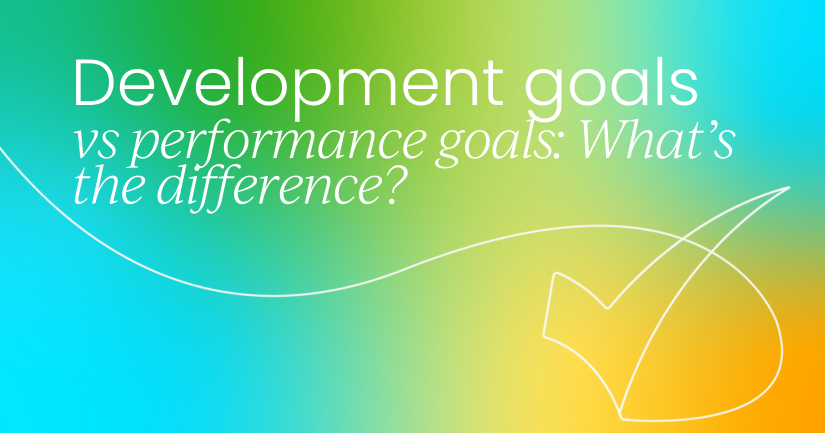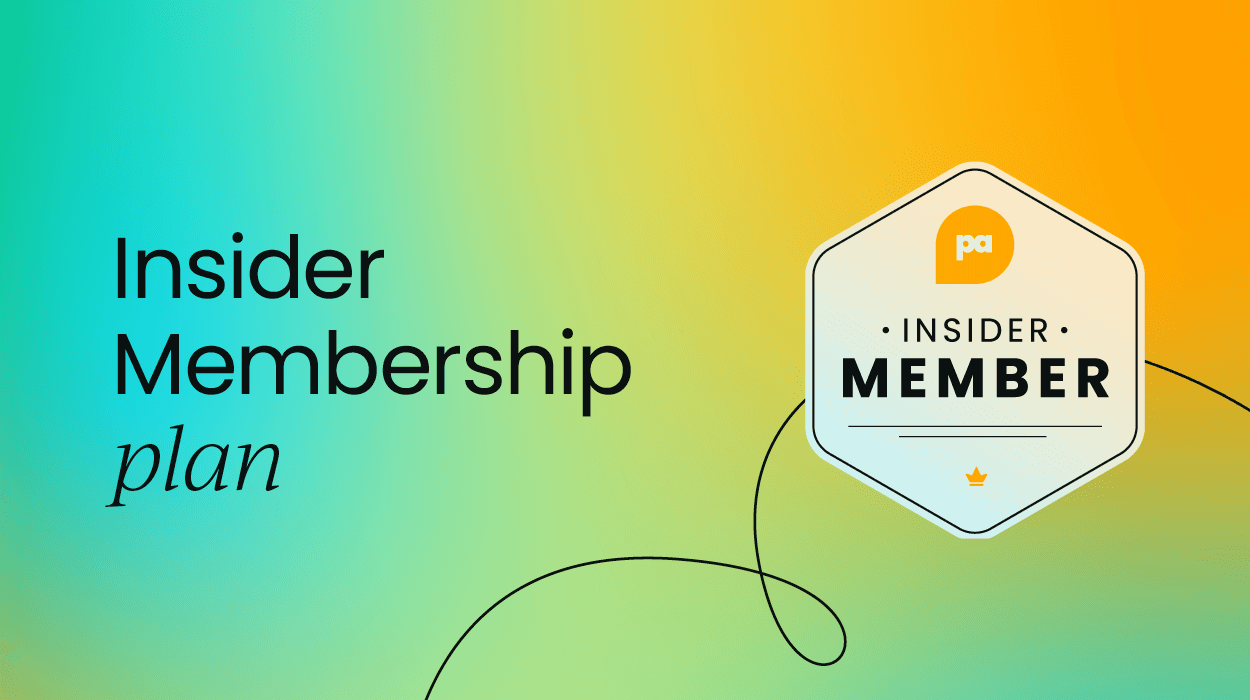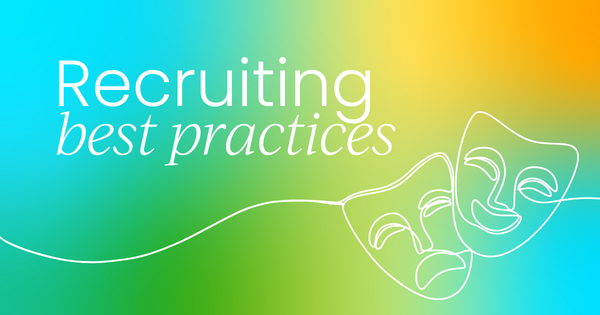Companies that are ethnically and racially diverse tend to outperform their competitors by 35% and produce a 45% higher proportion of revenue from innovation compared to less-diverse ones.
HR must lead the way on diversity recruiting
While marketing might shape an org’s external image, HR shapes the internal reality that sustains it. A company can’t claim to value inclusivity if the people behind its policies and programs don’t reflect the communities it serves.
When diversity is missing from your teams, it impacts your reputation, limits your creativity, impairs decision-making, and erodes trust among both employees and customers.
As HR leaders, you should view diversity recruiting as a business transformation initiative, not just a compliance checkbox.
And you must ensure that the rooms where key decisions are made are representative, inclusive, and equitable.
“We believe our diversity makes us stronger, smarter, and more innovative, helping us better serve the needs of our clients, our people, and our communities.” — Julie Sweet, Chair and Chief Executive Officer at Accenture
“True inclusion isn't just about diversity metrics; it's about creating spaces where everyone's voice carries equal weight in shaping the future.” – Zabeen Hirji, Former Chief Human Resources Officer at Royal Bank of Canada
When you drive diversity recruitment intentionally, your company might more easily meet hiring targets (76% of candidates see diversity as an important factor when evaluating companies) and build a culture where belonging leads to performance and innovation.
1. Define what diversity means for your organization
Diversity encompasses far more than race and gender; it includes neurodiversity, socioeconomic background, age, religion, sexual orientation, disability, education level, and even personality types.
However, what diversity looks like in a logistics company will differ from a tech startup or a financial institution.
As an HR leader, your first step is to understand where your organization stands today and where it aspires to be.
Begin with quantitative data: analyze your workforce by department, level, and tenure. What’s the racial, gender, and age composition of your teams? Are there visible gaps at the leadership level or in particular functions?
Then, layer in qualitative insights through employee surveys, listening sessions, or focus groups. Ask employees if they feel seen, valued, and supported. Do they believe your company offers equitable opportunities? Are certain groups underrepresented in promotions or key projects?
This data provides a foundation to define diversity and to set meaningful, measurable goals.

2. Reimagine job descriptions through an inclusive lens
It’s just as important to take a close look at your job listings to make sure they’re accessible and inclusive. Go through each posting with a critical eye and check for potential barriers hiding in plain sight.
For example, do you really need that specific degree requirement, or could equivalent experience work just as well? Are you asking for more years of experience than the job truly needs?
Watch out for vague or overused phrases, too. Phrases like “must be a self-starter” or “rockstar” don’t tell candidates much. Instead, describe what success in the role actually looks like by focusing on real outcomes and the key skills that matter most.
Also, consider accessibility. Make sure your listings work well with screen readers, use gender-neutral language, and avoid insider jargon that might discourage career changers or people whose first language isn’t English.
When your job descriptions feel welcoming instead of intimidating, you’ll naturally attract a broader range of candidates, and that’s how you build a more diverse team.
3. Expand your sourcing channels and build new partnerships
Many organizations unintentionally narrow their talent pool by always recruiting from the same places: elite universities, familiar professional networks, or the same old job boards.
To truly build diversity, it helps to be intentional about where you look for talent. Try partnering with professional associations, universities, or nonprofits that support underrepresented groups like organizations for women in tech, LGBTQ+ professionals, or neurodiverse job seekers.
You can also explore alternative sourcing paths. Think apprenticeship programs, returnships for caregivers re-entering the workforce, or partnerships with community groups that can connect you to local talent.
These relationships take time to grow, but they’re a smart investment in your long-term hiring strategy. Don’t wait until you’re scrambling to fill a role; make inclusive outreach a continuous process.
4. Strengthen your employer brand through authentic storytelling
Candidates go beyond job descriptions. They’re often looking at your company culture, leadership diversity, social impact, and how genuinely your brand supports inclusion.
Bring that authenticity to life by featuring real employees in your employer brand content, especially those from diverse backgrounds. Let them tell their own stories: how they’ve grown, what they’ve learned, and what their experience has been like.
Showcase cultural celebrations, employee resource group initiatives, mentorship programs, and mental health support. Avoid stock photos and overly polished “corporate speak” because candidates sense when something’s performative.
Your careers page, social media channels, and even your Glassdoor profile should reflect a consistent, genuine message: inclusion isn’t a talking point, it’s a lived experience.
When people see themselves represented in your brand, they can picture themselves in your organization.
5. Build bias-resistant hiring systems
Even with the best intentions, unconscious bias can slip into hiring processes, often in subtle but powerful ways. As an HR leader, your job is to build structure and accountability into every step of the process to keep things fair and consistent.
Standardize evaluation and interviews
Use structured interview guides so every candidate is measured against the same criteria. And instead of looking for “culture fit”, think “culture add” by seeking out people who bring fresh perspectives and help your team grow in new directions.
Diversify your interview panels
Include interviewers from different departments, levels, and backgrounds. This not only helps balance out individual biases but also sends a clear message to candidates that your organization values diverse voices and experiences.
Use technology thoughtfully
Tools like anonymized resume screening or AI-assisted reviews can help reduce bias early on by hiding identifiers such as names, schools, or addresses.
But the goal isn’t to remove the human element, just to make sure that element is fair, equitable, and informed.
6. Measure what matters and act on the insights
Tracking your data shouldn’t be a box to tick, as it’s crucial for accountability and progress.
As an HR professional, you need to look beyond simple headcount numbers and examine the entire employee journey, from the moment someone applies to the point they’re promoted (or leave).
Ask yourself:
- How diverse is your applicant pool?
- Which demographics advance through each hiring stage?
- Who receives offers, and who accepts them?
- Are there discrepancies in starting salaries or career advancement rates?
- Are diverse employees retained at the same rate as others?
When the data reveals patterns (like women or BIPOC employees advancing less often) that’s your signal to dig deeper. Conduct a root-cause analysis to uncover whether the problem lies with sourcing, interviewing, or internal mobility.
Ignoring inequities can have serious consequences. The Gonzalez vs. Abercrombie & Fitch case, for instance, resulted in a $40 million settlement after the company was accused of systematically excluding minority candidates from visible roles.
In the aftermath, they had to overhaul hiring practices, set diversity benchmarks, and establish DE&I leadership. Transparency and accountability protect both your people and your brand.
7. Make inclusion part of everyday culture, not just a hiring metric
Diversity recruiting doesn’t stop once the offer letter is signed, as that’s really just the beginning. The true goal is to bring people in and make them want to stay, grow, and thrive.
Build psychological safety
People should feel safe being themselves at work without fear of judgment or repercussions. Encourage open, honest dialogue and create learning spaces where employees can explore and challenge their own biases.
Invest in growth and visibility
Representation at the entry level matters, but it’s only meaningful when there’s a clear path to leadership. Invest in mentorship, sponsorship, and leadership development programs that help underrepresented employees advance and shine.
Create continuous feedback loops
Listen regularly through engagement surveys, focus groups, and exit interviews. More importantly, act on what you hear and share the steps you’re taking. When employees see transparency and follow-through, trust grows.
Inclusion is a daily commitment built through consistent actions, thoughtful policies, and leadership that models equity and belonging.
Why this work matters
Diversity recruiting reflects your organization’s values and long-term vision. When HR leads with purpose, it can:
- Unlock innovation: Diverse teams solve problems faster and more creatively.
- Enhance retention: Employees who feel valued stay longer and perform better.
- Strengthen brand reputation: Inclusive practices attract not just top talent but also loyal customers.
- Mitigate risk: Fair, equitable hiring practices protect your reputation and minimize legal exposure.
In other words, it’s about fairness, but it’s also about future-proofing your organization.
In short
As an HR leader, you’re managing talent and shaping the company’s identity and impact at the same time.
By embedding diversity recruiting into the DNA of your people strategy, you’re building a culture that mirrors the markets you serve, inspires your employees, and drives innovation through difference.
Do you want templates and frameworks to support your HR tasks and (increasingly difficult) day-to-day but don't know where to look?
We've got just the thing with our FREE Insider plan, where you'll find plenty of templates and more. Check it out.




 Follow us on LinkedIn
Follow us on LinkedIn


